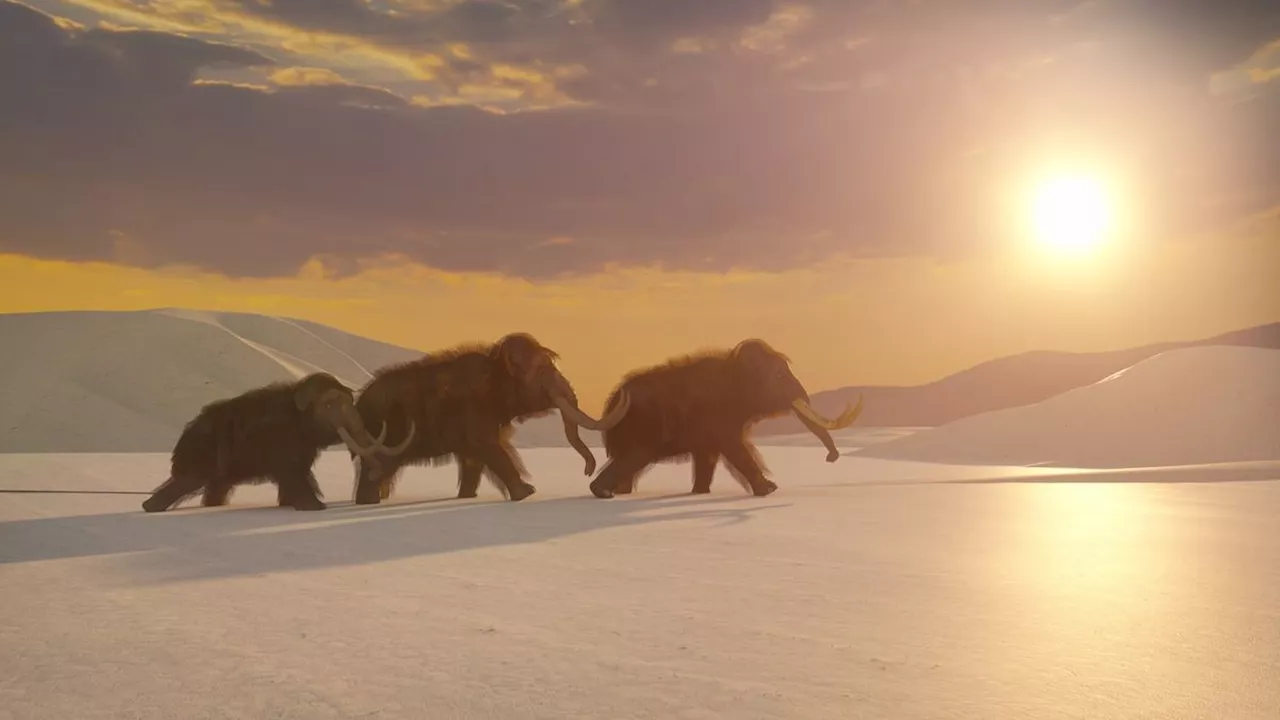Sascha is a U.K.-based trainee staff writer at Live Science. She holds a bachelor’s degree in biology from the University of Southampton in England and a master’s degree in science communication from Imperial College London. Her work has appeared in The Guardian and the health website Zoe.
Scientists have made a stem cell breakthrough in elephants, which could mean researchers are one step closer to bringing back long-extinct woolly mammoths, the de-extinction company Colossal Biosciences has announced.
iPSCs also open a path to creating elephant sperm and egg cells, which are essential for mammoth de-extinction, in the lab. With fewer than 52,000 Asian elephants left in the wild, according to WWF, harvesting cells from these animals would prove difficult and undesirable. "One of the things that we had to overcome for elephant cells is that they do have this expansive TP53 pathway," Hysolli said."We had to suppress this pathway via two means in order to get these iPSCs, so we had to go through a multistep process in order to achieve them."
United States Latest News, United States Headlines
Similar News:You can also read news stories similar to this one that we have collected from other news sources.
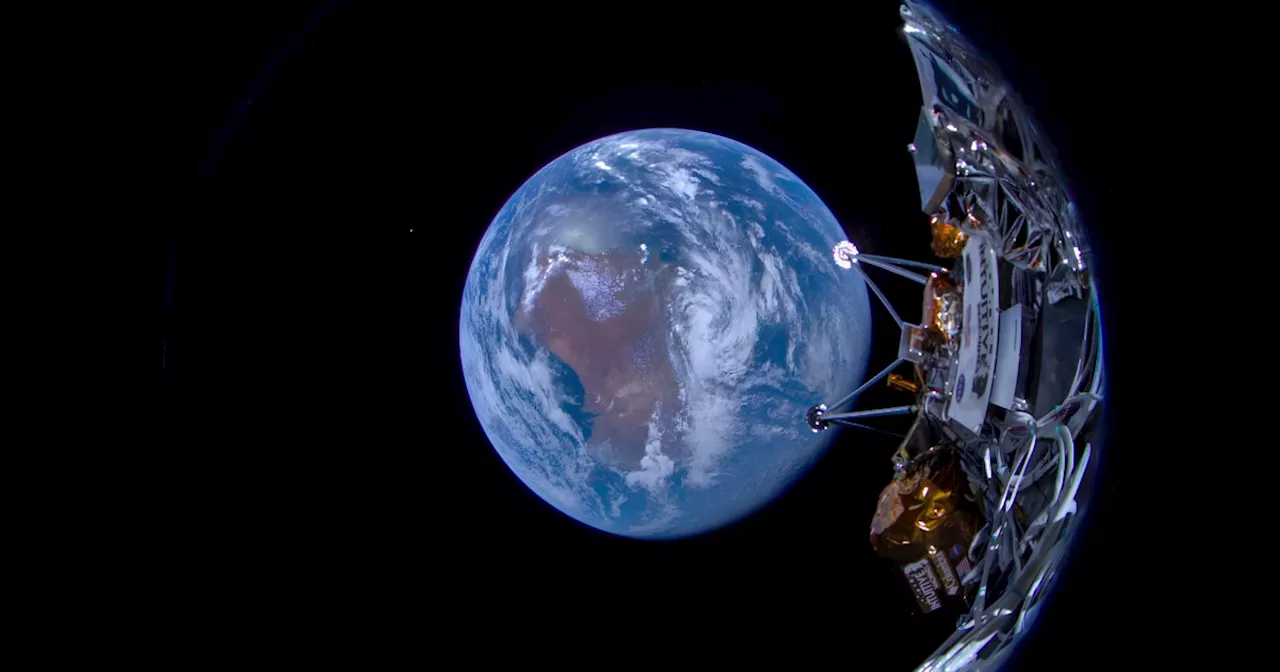 Moon landing: 'Odysseus' touches down on lunar surfaceDenise Chow is a reporter for NBC News Science focused on general science and climate change.
Moon landing: 'Odysseus' touches down on lunar surfaceDenise Chow is a reporter for NBC News Science focused on general science and climate change.
Read more »
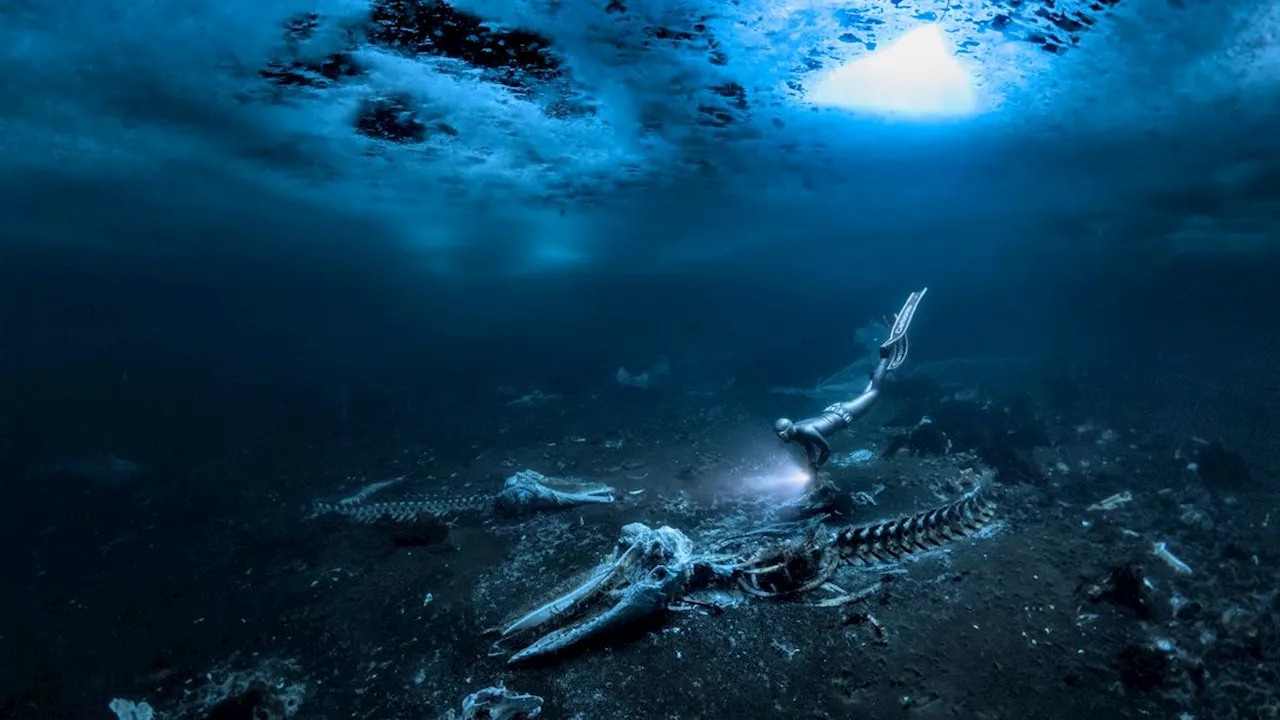 Eerie photograph captures whales hunted off Greenland lying in their watery graveHannah Osborne is the planet Earth and animals editor at Live Science. Prior to Live Science, she worked for several years at Newsweek as the science editor. Before this she was science editor at International Business Times U.K. Hannah holds a master's in journalism from Goldsmith's, University of London.
Eerie photograph captures whales hunted off Greenland lying in their watery graveHannah Osborne is the planet Earth and animals editor at Live Science. Prior to Live Science, she worked for several years at Newsweek as the science editor. Before this she was science editor at International Business Times U.K. Hannah holds a master's in journalism from Goldsmith's, University of London.
Read more »
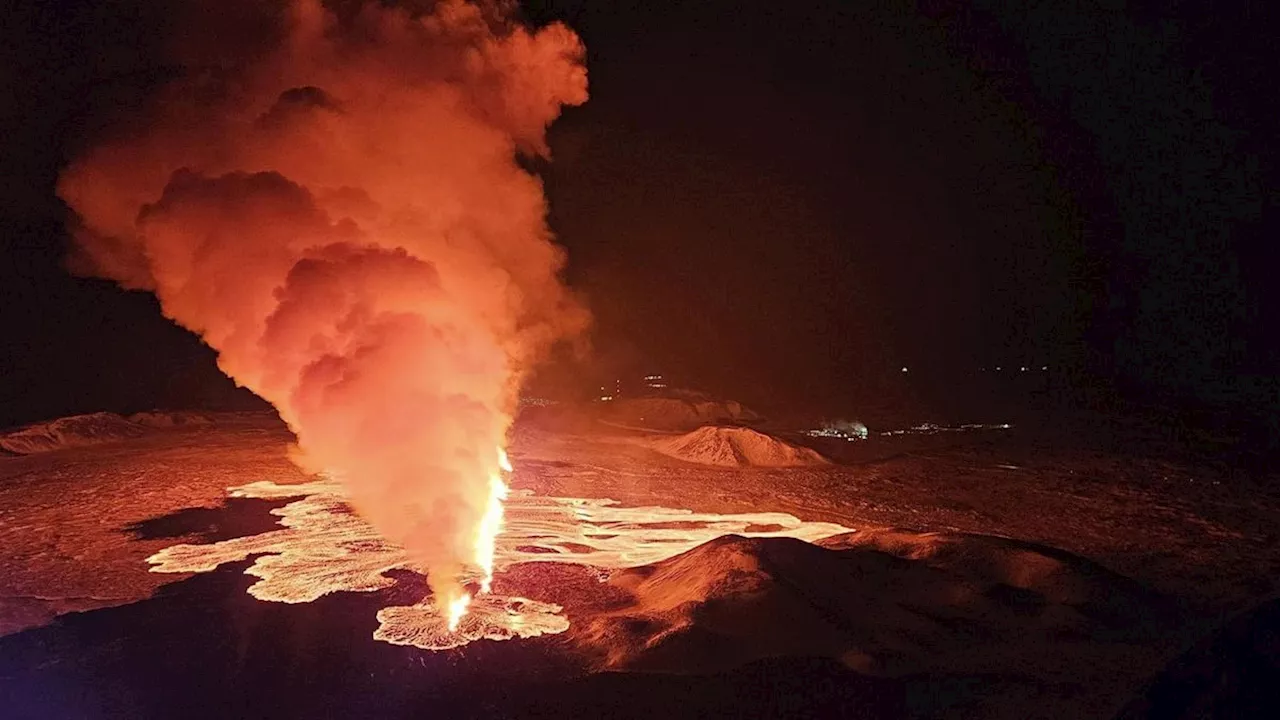 'We were very surprised': Magma under Reykjanes Peninsula rushed into Grindavík dike at a shockingly fast rateHannah Osborne is the planet Earth and animals editor at Live Science. Prior to Live Science, she worked for several years at Newsweek as the science editor. Before this she was science editor at International Business Times U.K. Hannah holds a master's in journalism from Goldsmith's, University of London.
'We were very surprised': Magma under Reykjanes Peninsula rushed into Grindavík dike at a shockingly fast rateHannah Osborne is the planet Earth and animals editor at Live Science. Prior to Live Science, she worked for several years at Newsweek as the science editor. Before this she was science editor at International Business Times U.K. Hannah holds a master's in journalism from Goldsmith's, University of London.
Read more »
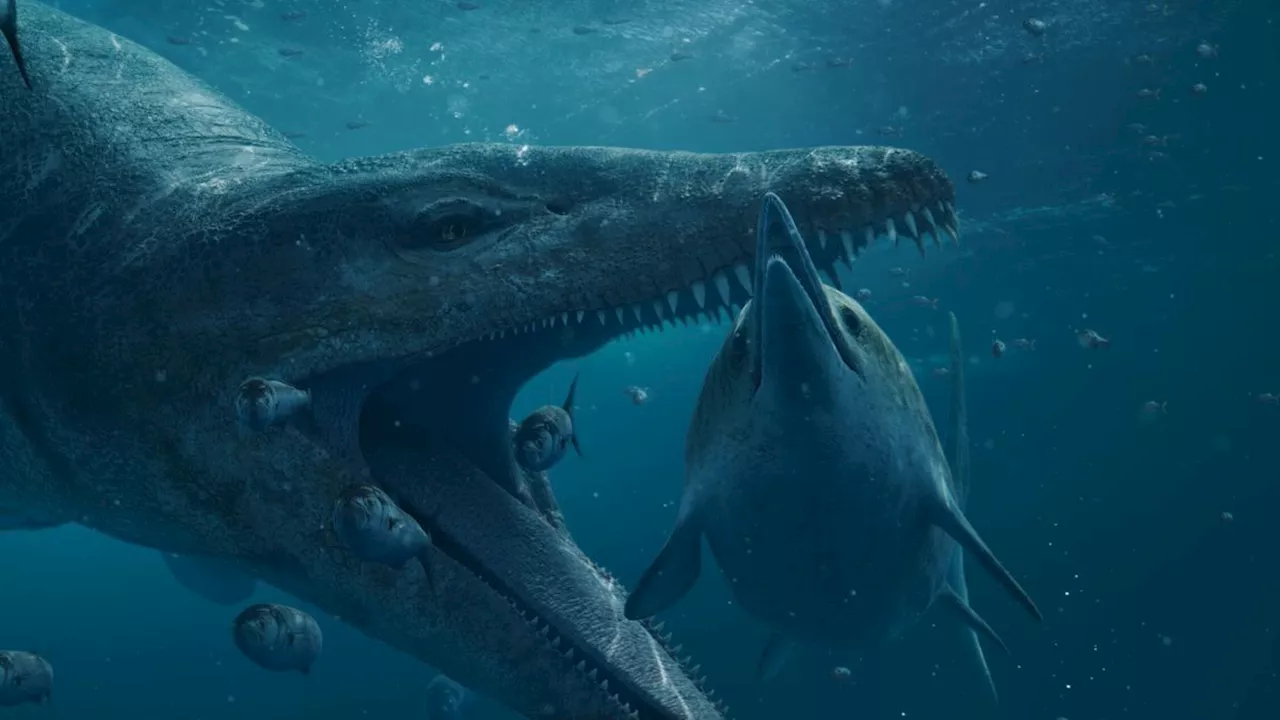 Watch 30-foot Jurassic sea monster come back to life in David Attenborough's new pliosaur showHannah Osborne is the planet Earth and animals editor at Live Science. Prior to Live Science, she worked for several years at Newsweek as the science editor. Before this she was science editor at International Business Times U.K. Hannah holds a master's in journalism from Goldsmith's, University of London.
Watch 30-foot Jurassic sea monster come back to life in David Attenborough's new pliosaur showHannah Osborne is the planet Earth and animals editor at Live Science. Prior to Live Science, she worked for several years at Newsweek as the science editor. Before this she was science editor at International Business Times U.K. Hannah holds a master's in journalism from Goldsmith's, University of London.
Read more »
![]() Ice age icon: Is the woolly mammoth set for a return?Scientists aim to create a close relative by genetically modifying Asian elephants to survive in the Arctic environment.
Ice age icon: Is the woolly mammoth set for a return?Scientists aim to create a close relative by genetically modifying Asian elephants to survive in the Arctic environment.
Read more »
 Scientists hit a major milestone in plans to revive woolly mammothsColossal Bioscience's project to revive mammoths is closer than ever, as it recently produced important stem cells to progress their work.
Scientists hit a major milestone in plans to revive woolly mammothsColossal Bioscience's project to revive mammoths is closer than ever, as it recently produced important stem cells to progress their work.
Read more »
